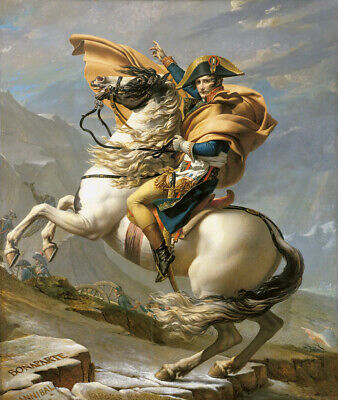About Art History:
Art history is the study of visual art in its many forms, from painting and sculpture to architecture and photography, across different cultures and time periods. It delves into the ways in which art reflects society, ideas, politics, religion, and technological advancements, as well as how artists express and challenge these influences. Art history is divided into various eras, styles, and movements, each marked by distinct characteristics, philosophies, and innovations.
Why choose it? What could you learn?
Art history is important because it helps us understand the evolution of human expression, culture, and society over time. By studying art, we learn about different periods, styles, and the ideas that shaped them, offering insights into history, politics, religion, and technology. Art history also deepens our appreciation of creativity, fostering critical thinking about aesthetics, identity, and how art reflects or challenges the world around us. It connects us to past cultures and inspires future innovation.

The Mona Lisa, painted by Leonardo da Vinci between 1503 and 1506 (possibly continuing until 1517), is one of the most famous works of art in history. It's a portrait of Lisa Gherardini, the wife of a wealthy Florentine merchant, Francesco del Giocondo. The painting is renowned for her enigmatic smile, which seems to change depending on the viewer's perspective, and for Leonardo's use of light and shadow (chiaroscuro) and his signature technique of sfumato, creating soft transitions between tones.
The background, a dreamlike landscape, contrasts with the lifelike figure of Lisa, adding depth to the composition. The painting's subtle expression, realism, and mysterious aura have made it a timeless symbol of beauty and intrigue.
Currently housed in the Louvre Museum in Paris, the Mona Lisa continues to fascinate and inspire viewers, solidifying Leonardo’s legacy as one of the greatest artists in history.

Napoleon Bonaparte used art as a tool for propaganda to legitimize his rule and promote his power. Key artists like Jacques-Louis David and Antoine-Jean Gros painted heroic depictions of Napoleon, such as Napoleon Crossing the Alps and The Coronation of Napoleon, presenting him as a strong, almost divine leader. Napoleon also commissioned monumental architecture like the Arc de Triomphe and transformed the Louvre into a public museum.
His use of art helped shape his public image, but after his downfall, many Napoleonic symbols were erased or reinterpreted during the Restoration. Despite this, Napoleon’s influence on art and architecture continues to be felt today

